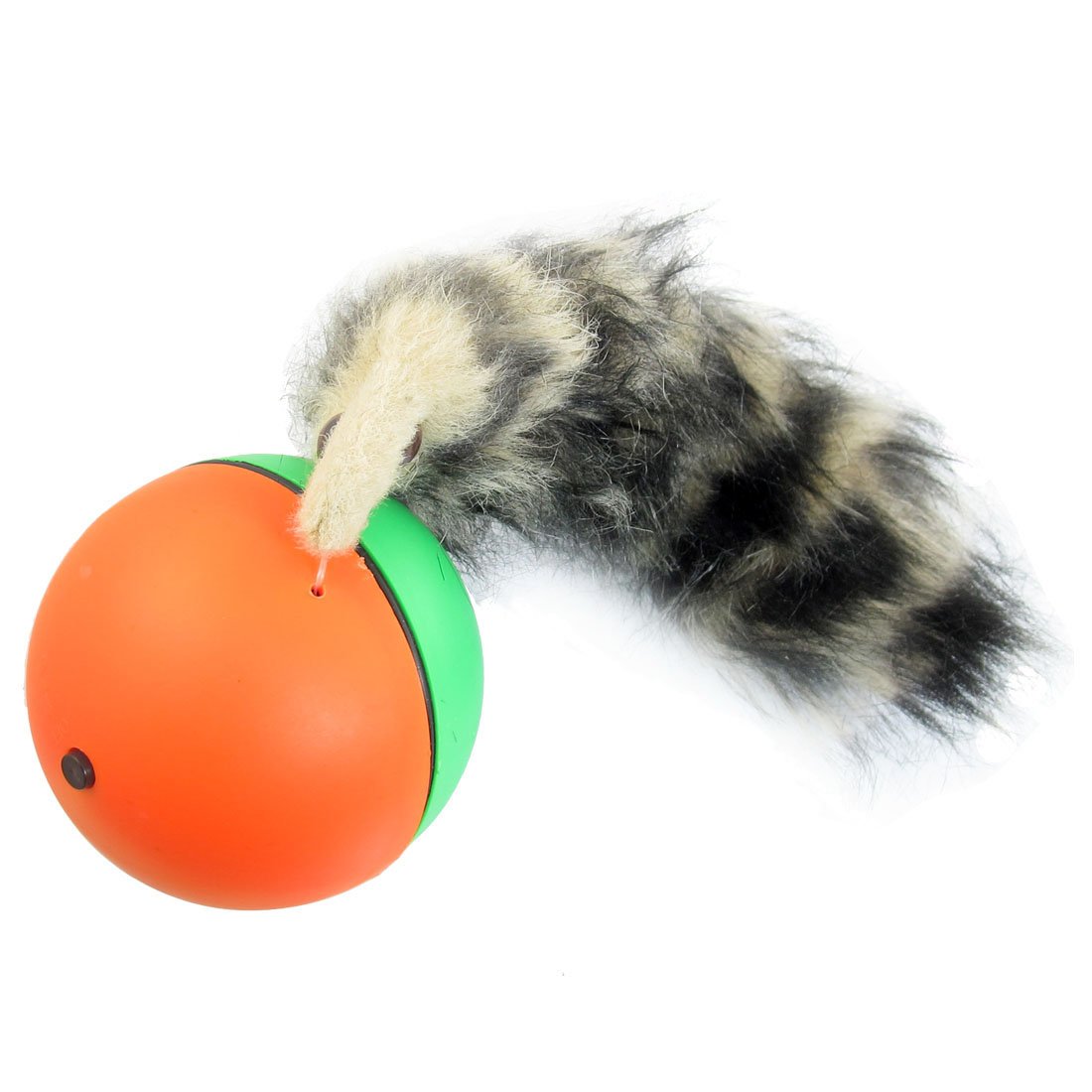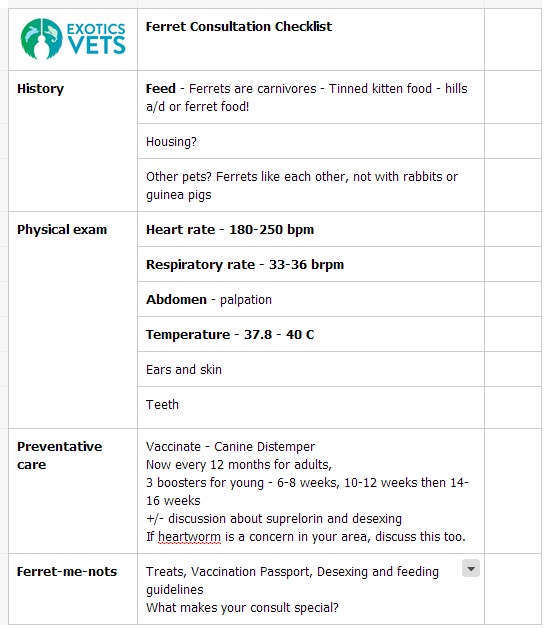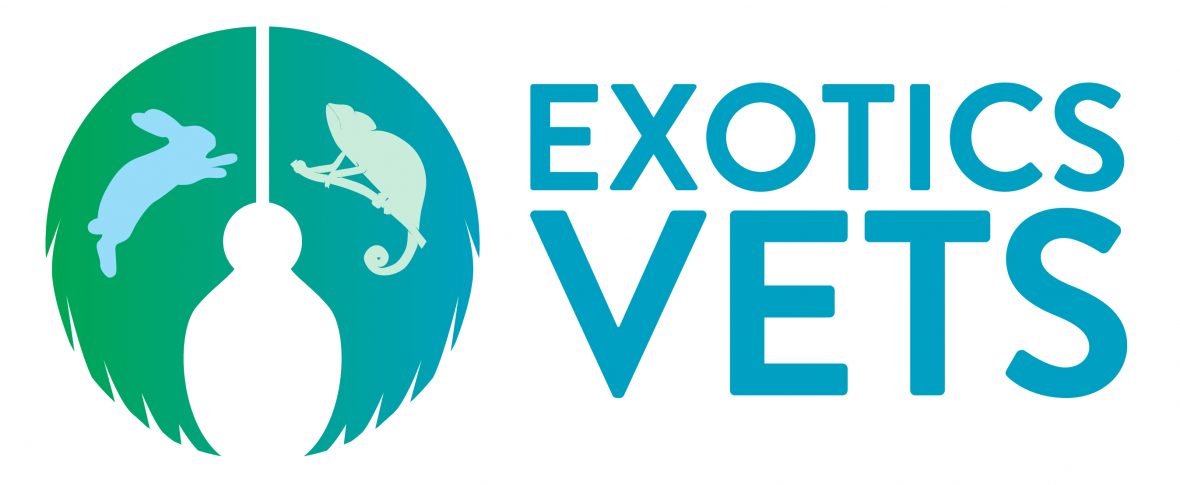- History
- Physical Examination
- Preventive care
- “Ferret-me-nots”
History
Nutrition
Unlike rabbits and guinea pigs, your ferret is a carnivore! But so are cats, so dont you worry! In fact, your ferret will thrive on dry ferret commercial diets or kitten foods! So don’t go trying to feed your ferrets hay or greens, as they share shockingly few similarities with our other furry friends, Rabbits and Guinea pigs.
Ferrets can also eat meat, however to get a complete balanced diet commercial ferret and kitten foods are a good choice. Nutrigel can also be a helpful treat for training and handling, so keep a tube handy!
Housing
Ferrets do get along well with other ferrets and are quite social with each other, so dont ferret (fret this time)! However, don’t house your ferrets with your guinea pigs and rabbits, as they may be viewed by your ferret as food.
Needless to say dont mix these furry friends. Giving ferrets a place to burrow is also important, both for their natural desire to burrow and also for environmental enrichment, shredded newspaper may work as a suitable substrate here.
Handling a ferret can be tricky, they are wriggly, and can bite! Think agile cat!
After the rabbit and guinea pig checklists i really want to mention a towel again, however ferrets may wriggle out quite easily. Scruffing can be quite effective, as with cats you should try to refrain from scruffing your ferret in the consult room unless necessary as it can be viewed as forceful.
For a suitable firm hold, but gentle, place one hand over shoulders and one behind rump. Good to go.
Another handy tip, use nutrigel as your distractor. Ferrets can enjoy nutrigel as a tasty treat!
Physical exam
Now you have your handling and nutrition knowledge down pat, you can examine your new friend.
Heart rate – 180-250 bpm
Fast, not as fast as rabbits. But fast!
Respiratory rate – 33-36 brpm
Wow slow down there. Take a deep breath, every 2 seconds – thats the right speed.
Not as fast as rabbits!
Abdominal sounds
Less critical than rabbits and guinea pigs, think small cat.
Not as fast as…cows…
Temperature – 37.8 – 40 C
Handling ferrets to take a temperature can look alot like those ferret toys attached to a rolling ball.

https://www.amazon.com/Plastic-Chaserball-Weazel-Weasel-Children/dp/B00BG7R144 (my favourite part of this link is that it says toy for pets children 😀 – ignore that it says weasel)
The best way to restrain your ferrets we’ve mentioned above, remember:
Light shoulder restraint and a hand lightly pulling on the hindlimbs,
Or
One hand over shoulders and one behind rump,
Or
Scruffing the neck like a cat and lifting the ferret off the table.
Leather gloves are a popular choice for handling ferrets, which is fair, no one likes getting bitten. However they do remarkable decrease your finer handling skills and a determined ferret may bite you through this well armoured apparel. So gentle handling may be wiser than the heavy handed approach.
Teeth – Sharp ouch, do they look healthy? Look for plaque, calculus, damage and wear.
Ears and Skin – mites and infections. Look in them, there mite be a problem! Is your ferret itchy or losing hair? Keep an eye out for external parasites and symmetrical hair loss, as ferrets can suffer from a range of endocrine disease.
If you need flea products SAFE for use in ferrets
- Ivermetin – 200-400 ug /kg subcut – useful, proven, injection. Harder than
- Selamectin (Revolution) – 15mg/kg
- Advocate – 0.1 mL/kg – And you can control heartworm too!
Preventative Care
Desexing!
It is vital to get your Ferret desexed, it’s life and death!
It is life and death for your ferret. This may sound dramatic, but it is very critical that your ferret be desexed.
Your entire male ferret will have huge increase in odour and agression when in season, think unwashed vet post rotten calving, yeesh, you don’t want to live with that.
Your entire female ferret, if on season, will STAY ON SEASON until mated.
Wow.
If your female ferret, or Jill, isnt mated, she will produce excessive amounts of oestrogen, and she can suffer from oestrogen induced bone marrow suppression, leading to anaemia, pancytopaenia, and death.
Wow.
So it is really vital to your ferrets health to be desexed, however there are also risks with desexing, Your desexed male and female ferret are also at a higher risk of hyperadrenocorticism, or cushings disease.
So if you desex your ferret, they may get sick.
If you leave your ferret entire, they may get sick, smelly and angry and potentially die.
Wow.
Vasectomy is also an option in your male ferret, but only affects fertility, not odour or behaviour. So you still have a angry, smelly ferret.
Luckily we have a solution for you! With the growing popularity of chemically desexing ferrets, in Australia specifically with Suprelorin (deslorelin) GnRH agonist implants, which for a limited time prevent seasonal fertility, behaviour and reduce build up of gonadotrophins, reducing the risk of hyperadrenocortism. Not only that, but suprelorin implants can be used to treat and resolve clinical signs of hyperadrenocorticism.
Certainly sounds Super!(lorin…)
Using suprelorin in ferrets is off label, and it’s worth mentioning that to your ferret and client.
The current guidelines from virbac are to use a suprelorin 12 implant every 16 months in males. The implant is administered like a microchip, subcutaneously between the shoulders, ideally under light sedation. International studies show an average of at least 23 months of oestrus suppression in females from one 4.7 mg deslorelin implant.
Wow!
Vaccination
Your ferret will need to be vaccinated against Canine Distemper virus, as your ferret is vulnerable too! As in dogs their is no effective treatment, so prevention here is quite important. With ferrets; think dog prevention, cat food.
Signs of distemper in ferrets include: dematitis, mucopurulent discharge, pyrexia, sneezing, coughing, anorexia and hyperkeratosis of footpads (hardened pads)
Vaccination schedules are similar to dogs, use the distemper vaccine at 6-8 weeks, 10-12 weeks, 14-16 weeks, then annually.
Your ferrets may also need heart worm prevention if it’s prevalent in your area! Revolution or advocate monthly as topical treatments are a wise place to start for ferret heart worm care.
Ferret-me-nots
Do you have some treats to go home with?
Vaccination passport and guidelines?
Maybe a soft toy ferret attached to a mechanical ball, or just the mechanical ball?
Definitely at least a ball
Nutrigel for your ease of handling and also as a treat
Kitten food or hills a/d to take home
So here is the important Ferret Consult Checklist, a short summary of everything in this article and all you need to know for a successful ferret consult.
If you’d like to use the checklist in your own consults, please download it in the checklist tab.

References:
- Meredith, A, Johnson Delaney, C. BSAVA Manual of Exotic Pets. 5th Edn. APA, Cheltenham, 2010.
- Hillyer, EV, Quesenberry, K. Ferrets , Rabbits and Rodents: Clinical Medicine and Surgery. WB Saunders, Sydney, 1997.
- Blackwells five minute veterinary consult: Small mammal 2nd edition, edited by Barbara L Oglesbee. Wiley-Blackwell, Sussex, 2011.
- VIRBAC. Suprelorin12: Aid in the management of hyperadrenocorticism and an alternative to surgcical castration in ferrets. VIRBAC, 2014.
- Prohaczik, A et al, Comparison of four treatments to suppress ovarian activity in ferrets (Mustela putorius furo). Vet Record, 166;74-78. 2010.
